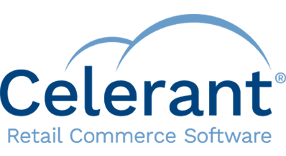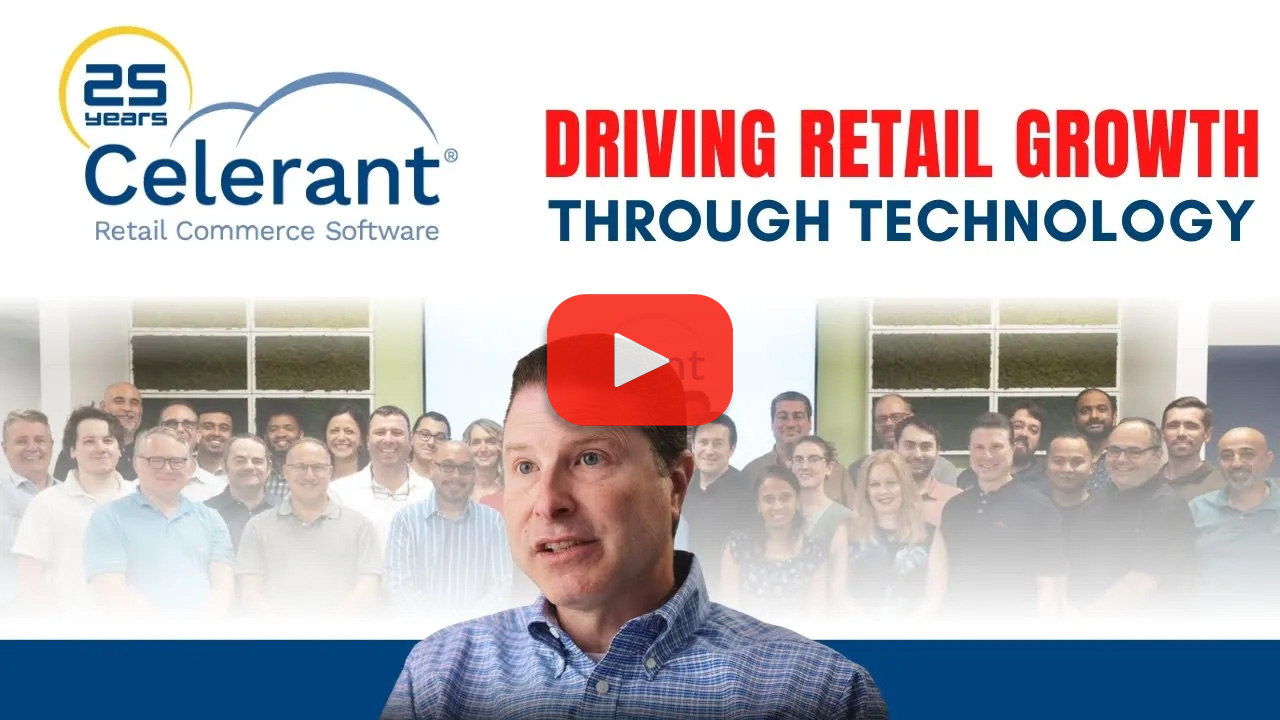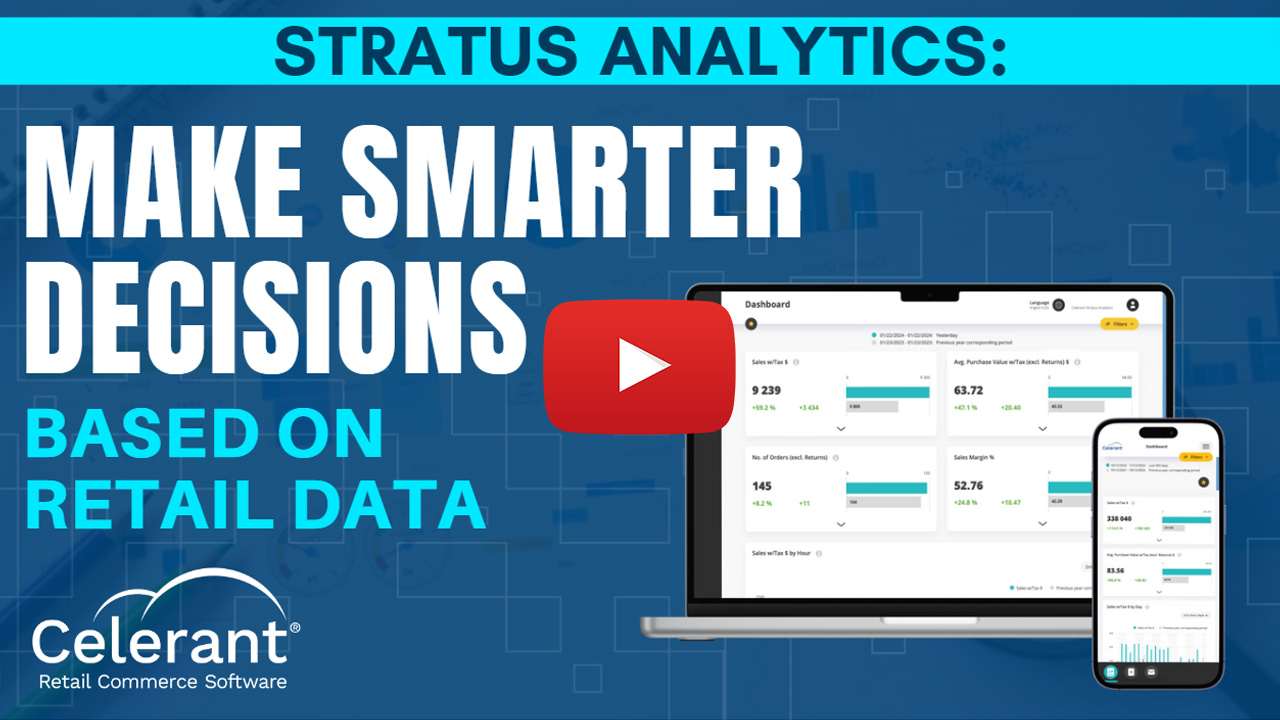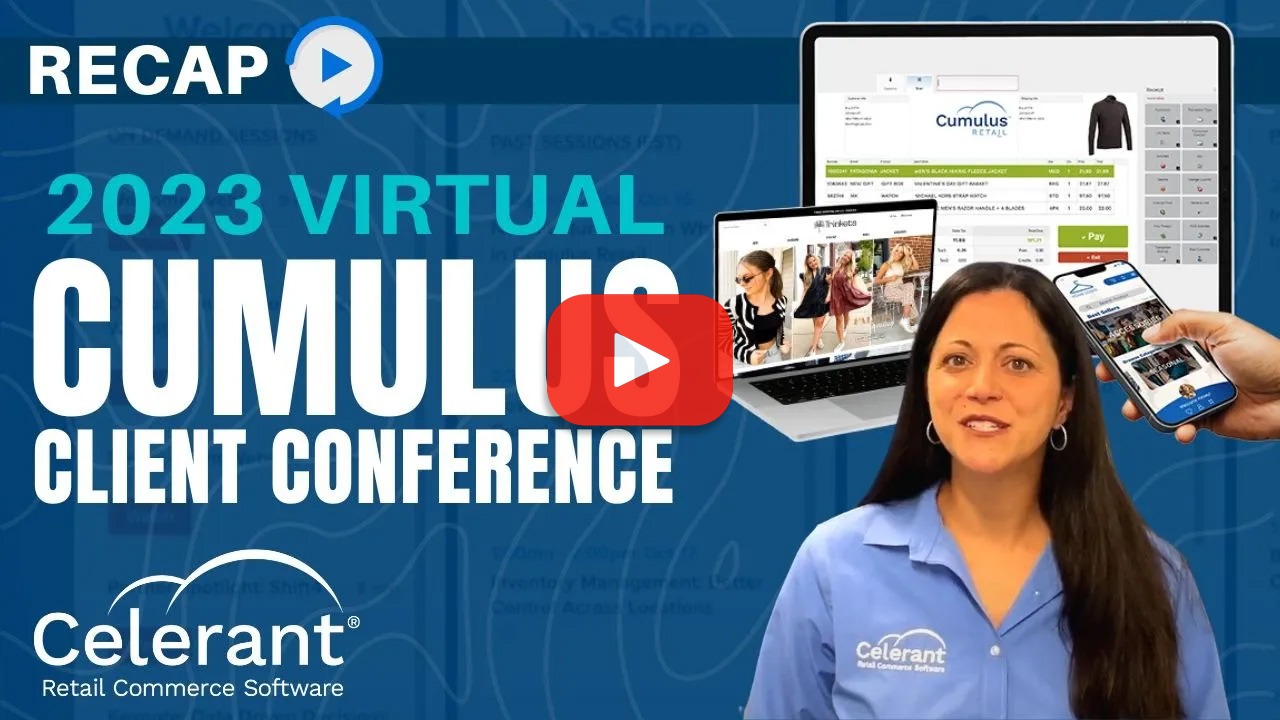Video
How To: Manage your Point of Sale, eCommerce and Marketplaces as ONE
Avoid Using Multiple Systems for one Operation
If you’re like most retailers, you use multiple software platforms from different vendors to manage your business with little or no integration.
Piecing together different systems leads to inconsistent data and inefficiencies, such as overstocks, out of stocks, delayed orders, duplicated data, needless returns, and ultimately, lost sales.
Keep your Point of Sale in Sync with Stock
of stocks, delayed orders, duplicated data, needless returns, and ultimately, lost sales.
Let’s say you’re running a promotion with 20 items in stock. Within the first couple of hours, you sell out in-store. Additional purchases are completed online, but your website is having trouble syncing with your point of sale.
Since your website didn’t reflect out of stock in real-time, you are now left with canceled orders and aggravated customers.
What if you sold thousands of gift cards in store, but customers aren’t able to redeem online. Your POS requires 15 digits, but your new website only accepts 12. There could easily be other data points that don’t fit, such as styles, descriptions, and customer names.
One Retail System avoids Multiple Issues
Suppose your customer purchases online and receives $25 in loyalty rewards. They visit your store but your POS doesn’t accept rewards earned online.
Or worse, they return the item in-store, but your system doesn’t automatically adjust their online points allowing them to build up loyalty points without net purchases.
In addition to syncing and data issues, multiple systems mean multiple vendors requiring more project management and training which is something you don’t need.
Being In Sync keeps Everything Running Smooth
Suppose your customer purchases online and receives $25 in loyalty rewards. They visit your store but your POS doesn’t accept rewards earned online.
Or worse, they return the item in-store, but your system doesn’t automatically adjust their online points allowing them to build up loyalty points without net purchases. In addition to syncing and data issues, multiple systems mean multiple vendors requiring more project management and training which is something you don’t need.
And if you want any customizations, both systems and companies have to work together, now and in the future. All this can be quite a headache.
You may have learned to live with it or found some workarounds, but many of these issues are unknown and will build up over time.
Eliminate Guesswork with Uniform Data
What if there is a way to eliminate the exchange of data altogether and manage your entire retail operation with one platform. With a centralized database used across your entire retail operation, updates to products, pricing and promotions are entered once and reflected immediately, both in-store and online.
With Stratus Retail by Celerant, you work with one company and one platform, so you have time to focus on what matters most: customers and sales
Streamline Data and Vendor Integrations
Learn how you can automate processes and increase sales both in store and online using Celerant’s all-in-one retail software.
